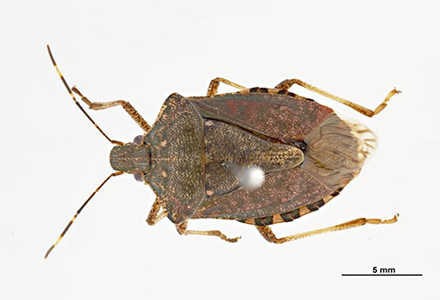The Department of Agriculture and Water Resources is calling for innovative solutions to build Australia’s biosecurity capabilities and better manage risks associated with hitchhiker pests and disease.
Head of biosecurity, Lyn O’Connell, said grants of up to $1 million are available through the Australian Government’s Business Research and Innovation Initiative (BRII).
“We work hard to improve our biosecurity system, but it is important to recognise that there are businesses out there that could have valuable ideas to contribute,” O’Connell said.
“Through this initiative, we are looking for solutions to enhance the way we prevent, detect and manage hitchhiking pests on or in shipping containers.
“These solutions could help safeguard Australia from some of our most unwanted pests—including the Brown Marmorated Stink Bug, which is a serious threat to our industries and environment.
“The volume of cargo entering Australia is expected to double between 2015 and 2030, which means biosecurity risks will increase.
“Inspecting shipping containers can also be challenging, time-consuming and costly, so it is important to look at ways that we can work better.
“Some of the themes that could be considered are the use of robotics, drones, scanning technology, artificial intelligence, machine learning or automation.”
Under a two-step process, businesses can submit proposals for ideas that address the challenges. Successful applicants will receive grants of up to $100,000 to develop ideas and test feasibility over three months.
The most successful ideas may be eligible for a further grant of up to $1 million to develop a prototype or proof of concept over the following 18 months.
“It is great that we have opportunities like this to work with businesses to improve our biosecurity system through innovation,” O’Connell said.
“It supports our broader work to strengthen the measures we have in place and ensure Australia remains free of exotic biosecurity pests and diseases.”
Grant applications close on 17 April 2019. For more information click here.
Photo source: Australian Government, Department of Agriculture and Water Resources





















